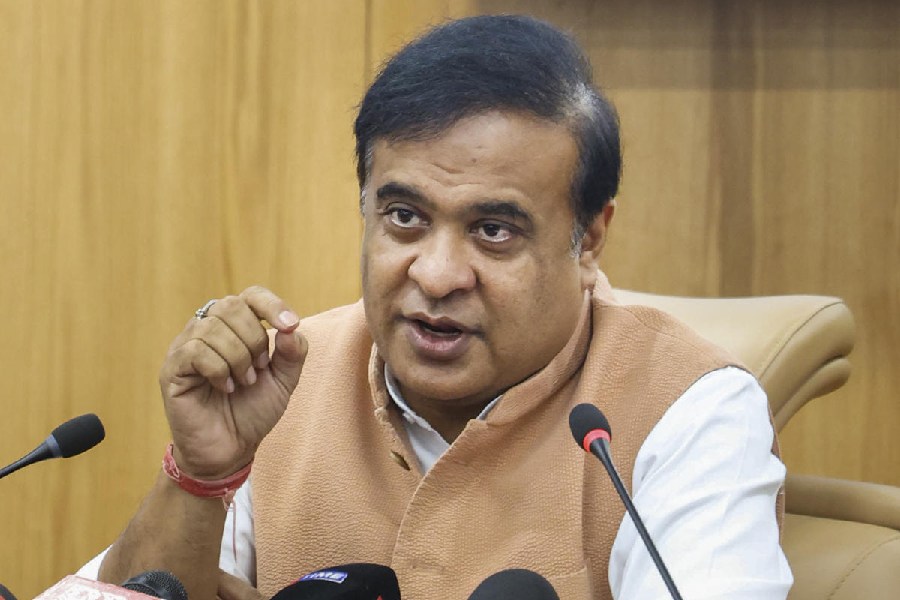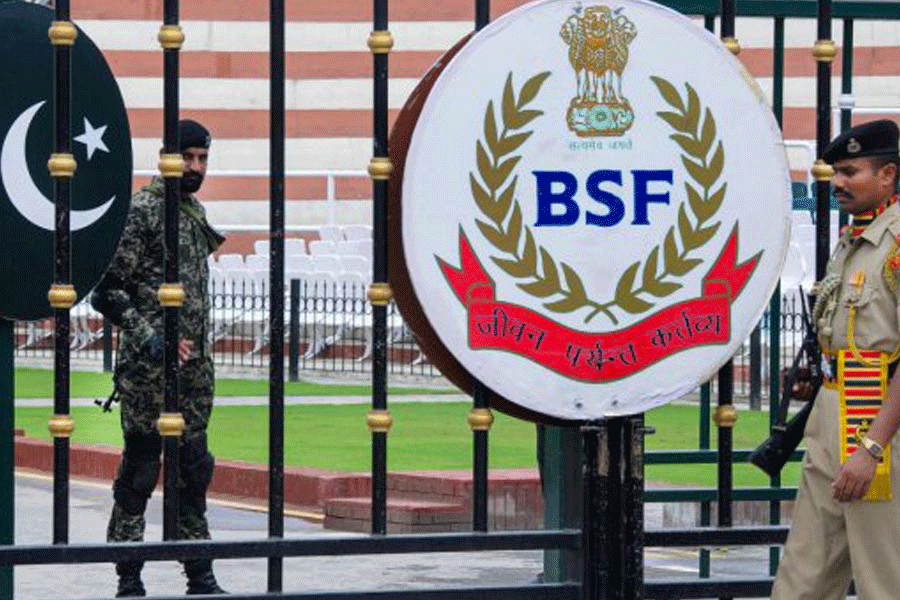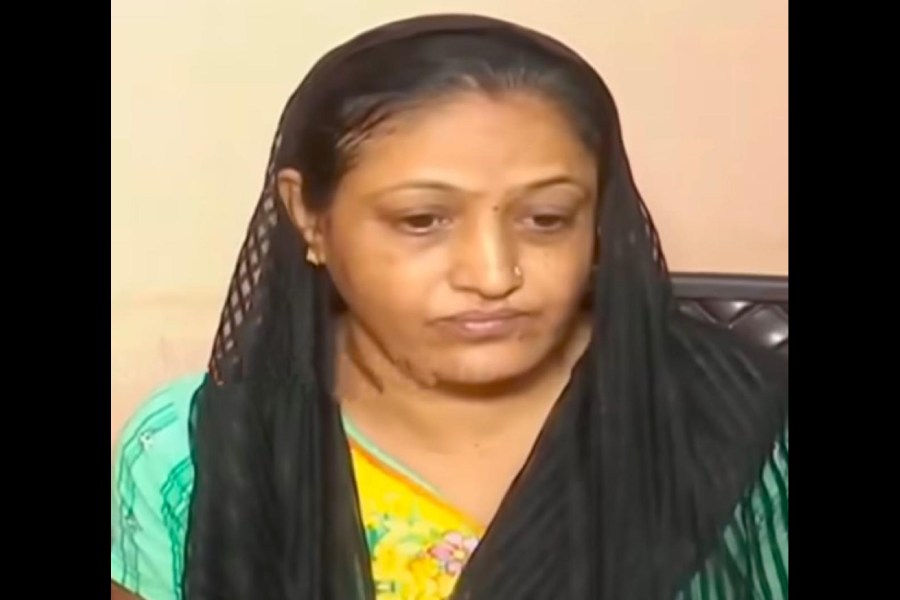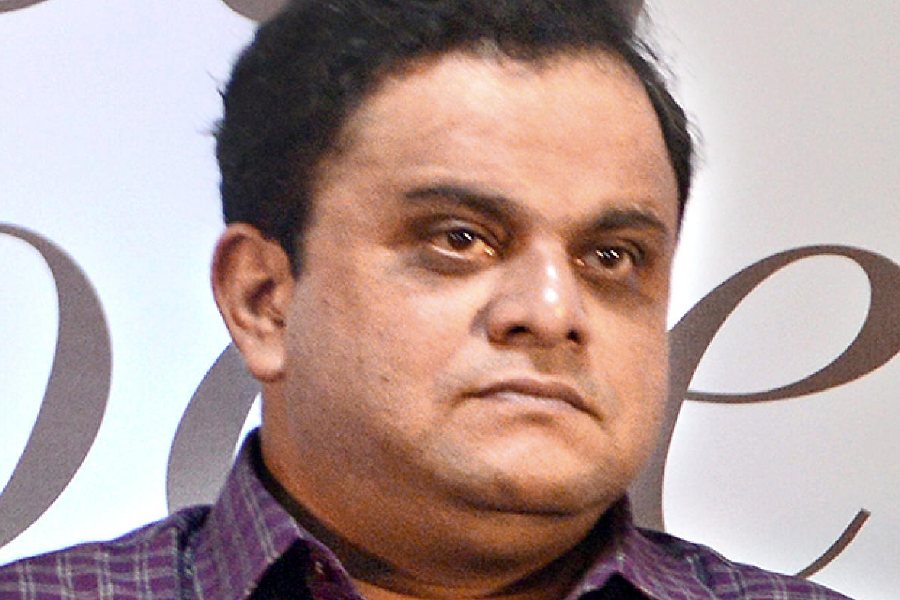 |
| Chief executive officer of Grey Sim Vishal JC demonstrates the 3D printing to students at Birla Institute of Technology, Patna, on Monday. Picture by Jai Prakash |
Students were exposed to 3D printing on Monday, thanks to a state innovation council initiative.
The council, which aims at promoting innovation at the grassroots level, had organised an exhibition to showcase the new variant of printing technology. Under the new method, according to design specifications fed into the computer, three-dimensional objects are created when materials are fed into the machine.
Participants were given a live demonstration where the finished products were plastic objects like switches, fruits basket, bangles etc.
The 3D printing process is called additive manufacturing — in which material is added bit by bit to make a finished product as opposed to traditional method of taking some material and whittling it away to get finished product. The latter causes a lot of wastage.
Also, in traditional method, construction of a model can take from several hours to several days, depending on the method used and the size and complexity of the model. Additive system can typically reduce this time to a few hours, although it varies widely on type of machine used and the size and number of models being produced simultaneously.
Chief minister Nitish Kumar heads the state innovation council while principal secretary, planning and development, Vijoy Prakash is member secretary. “For the first time, the council put a daylong exhibition on 3D printing where college, school students and even representatives from business and industry houses participated,” Prakash said.
Vishal JC, CEO of Grey Sim, a firm engaged in manufacture of 3D objects, said: “When any thermoplastic such as PLA (polylactic acid) or ABS (acrylonitrile butadiene styrene) grain is subjected to 230° Celsius heat and given shape, 3D objects result.” Vishal said 3D printable models can be created through printers attached to a computer with computer-aided design (CAD). Any shape can be created through CAD. The new technology is in vogue in China and US for engineering students.
Anmol, a BIT student, said: “3D printing offers a huge potential for engineering students.” The technology will help prepare anything from electrical switches to pens. Its new variant is used in developed countries in construction and even manufacture of food based on tissue culture.
Prakash said: “In future, the council will organise 3D competitions for college and school students. The institution that prepares the best design could win a 3D printer.”










